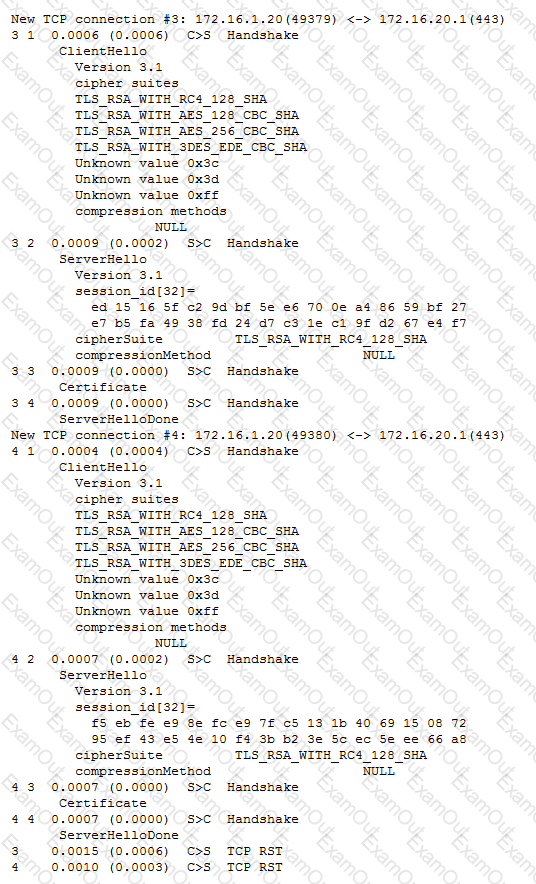In preparation for a maintenance task, an LTM Specialist performs a "Force to Standby" on LTM device Unit 1. LTM device Unit 2 becomes active as expected. The maintenance task requires the reboot of Unit 1. Shortly after the reboot is complete, the LTM Specialist discovers that Unit 1 has become active and Unit 2 has returned to standby.
What would cause this behavior?
-- Exhibit –


-- Exhibit --
Refer to the exhibits.
After upgrading LTM from v10 to v11, users are unable to connect to an application. The virtual server is using a client SSL profile for re-terminating SSL for payload inspection, but a server SSL profile is being used to re-encrypt the request.
A client side ssldump did NOT show any differences between the traffic going directly to the server and the traffic being processed by the LTM device. However, packet capture was done on the server, and differences were noted.
Which modification will allow the LTM device to process the traffic correctly?

